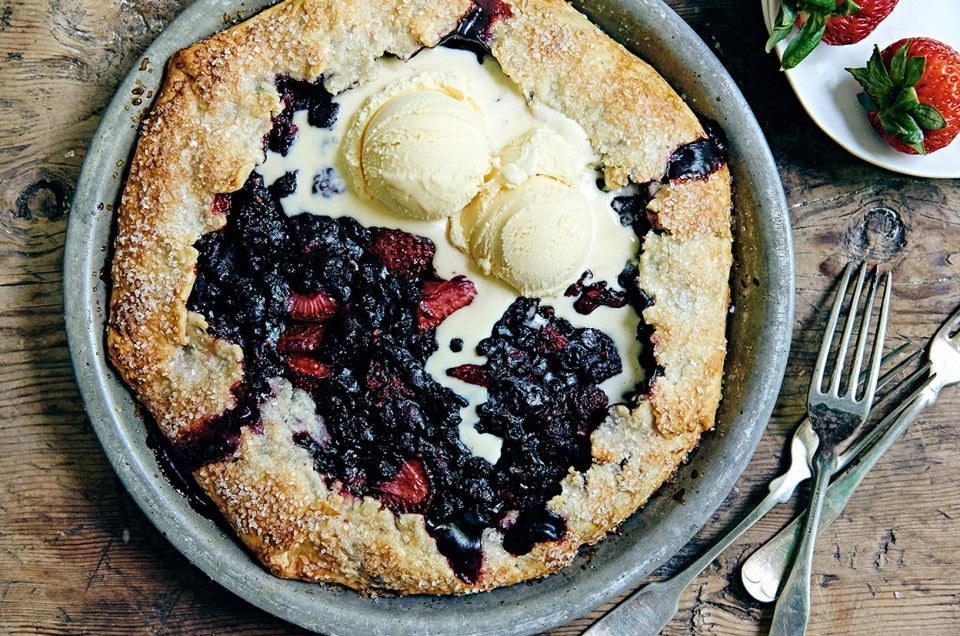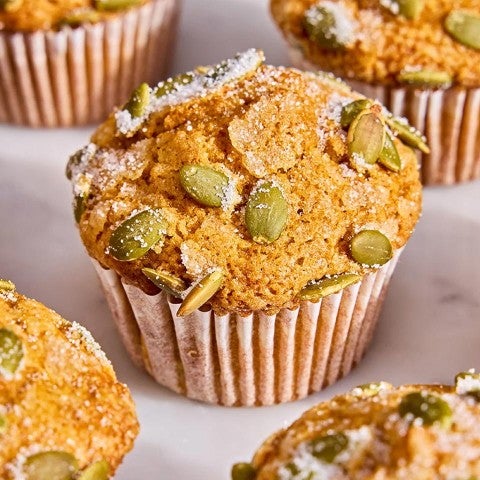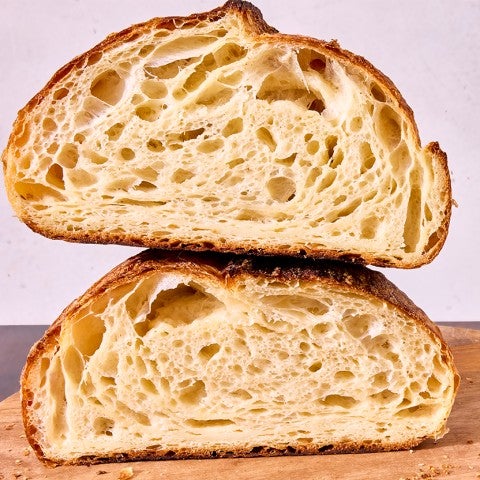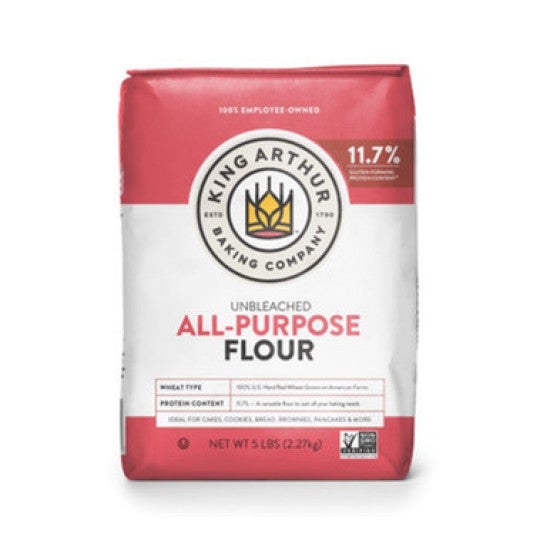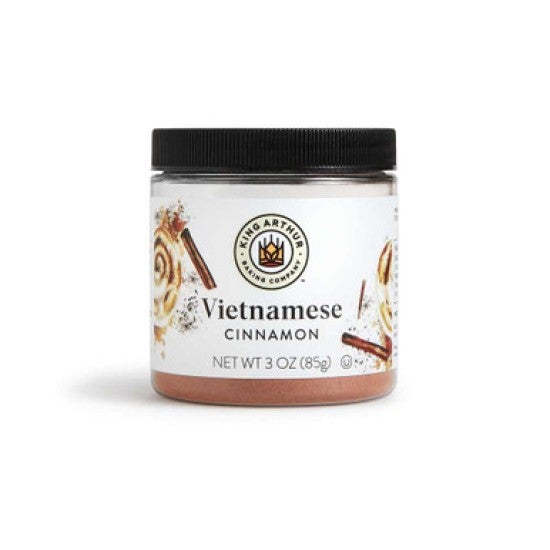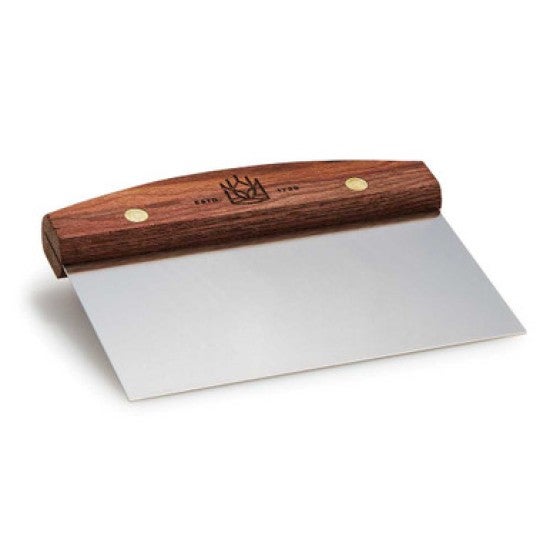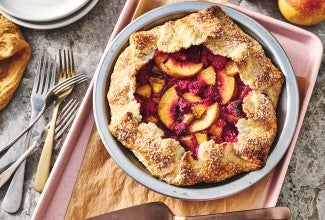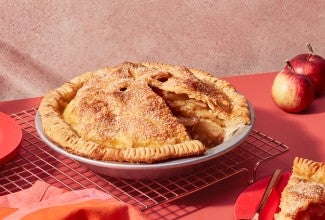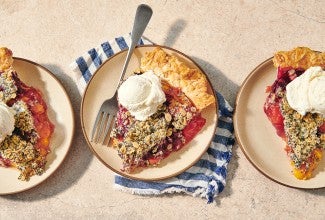-
To make the crust: whisk together the flour and salt. Add the shortening, mixing until thoroughly combined.
-
Dice the butter into cubes or cut into small pats, and work it into the dry ingredients to make an unevenly crumbly mixture.
-
Mix in 4 tablespoons of the ice water. Continue to add water, mixing as you go, until the dough starts to come together. Add another 1/2 tablespoon of water, and scrape the dough together with your hands. Grab it in one ball; if it holds together nicely, with no dry parts breaking off, it's good to go. If it still seems a bit dry, add ice water by the teaspoonful until it's cohesive.
-
Place the dough on a floured work surface, and shape it into a rough disk. Roll the disk on its edge, like a wheel, to smooth out the edges. This step will ensure your dough will roll out evenly, without a lot of cracks and splits at the edges later. Wrap in plastic and refrigerate for 30 minutes before rolling.
-
While the dough is chilling, preheat your oven to 400°F, and make the filling.
-
If you're using frozen berries, place them in a microwave-safe bowl, and heat them briefly in the microwave, just until they're thawed.
-
Combine the berries with the sugar, thickener, cinnamon, and lemon juice, stirring to thoroughly combine.
-
Roll the pie crust into a 13" to 14" circle, with the edges a bit thinner than the center. Lay the crust into a 9" pie pan at least 1 1/4" deep.
-
Spoon the berries into the crust. Bring the crust up and over the berries around the outside, giving it a few pleats so it settles nicely. There should be a 4" to 5" circle of uncovered filling in the center.
-
Brush the crust with milk and sprinkle with coarse white sparkling sugar, if desired.
-
Place the pie pan on a parchment-lined baking sheet to catch any potential spills. Bake the pie for 35 minutes on the bottom rack of your oven. Transfer to an upper rack, and bake for an additional 10 to 15 minutes, until the crust is nicely browned and the filing is bubbling.
-
Remove the pie from the oven, and allow it to cool completely before serving; this will take several hours. You may serve the pie warm, but the filling will be very loose, and the slices messy; best to let it cool, then reheat each serving very briefly in the microwave, if you want warm pie.
